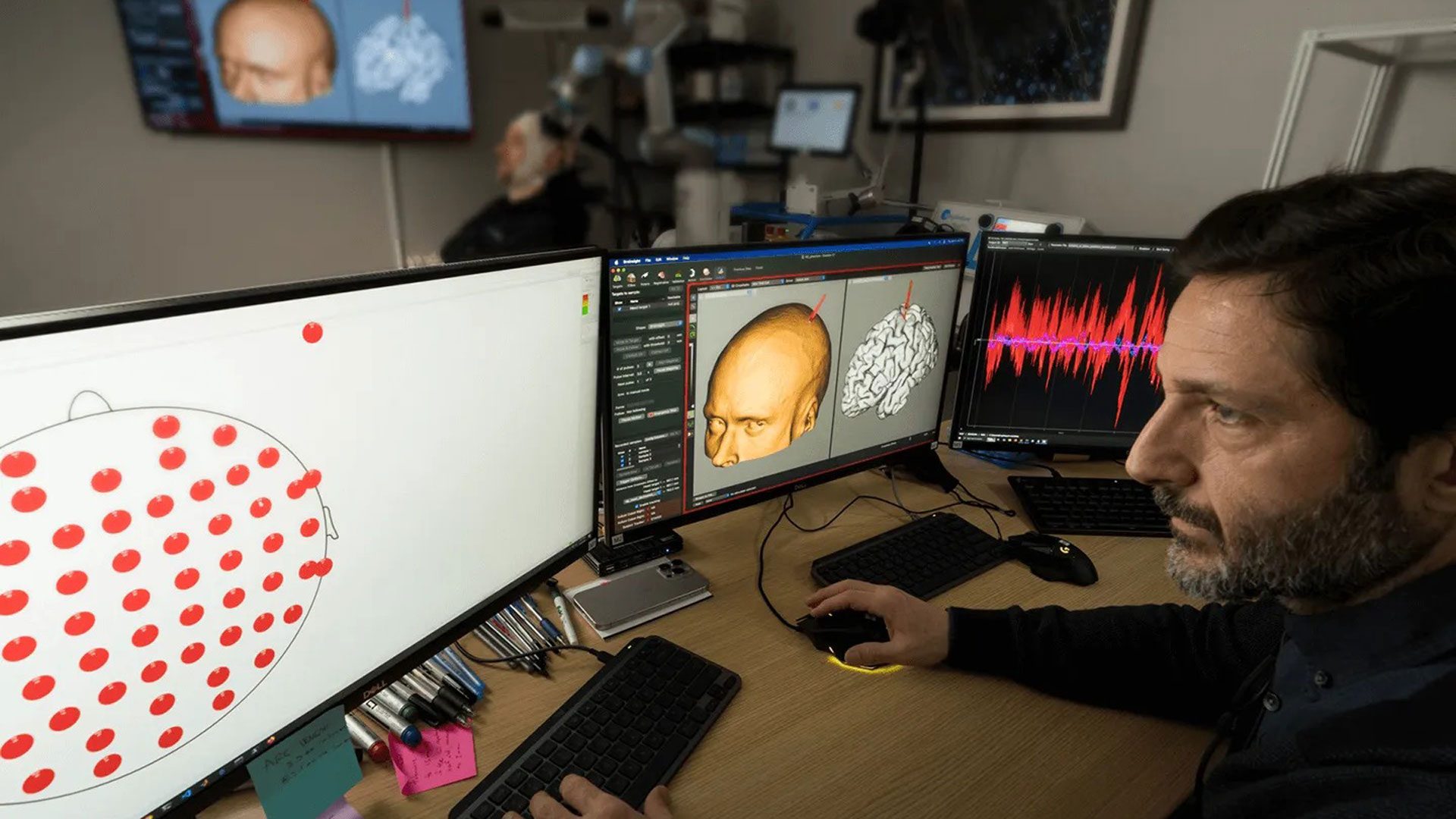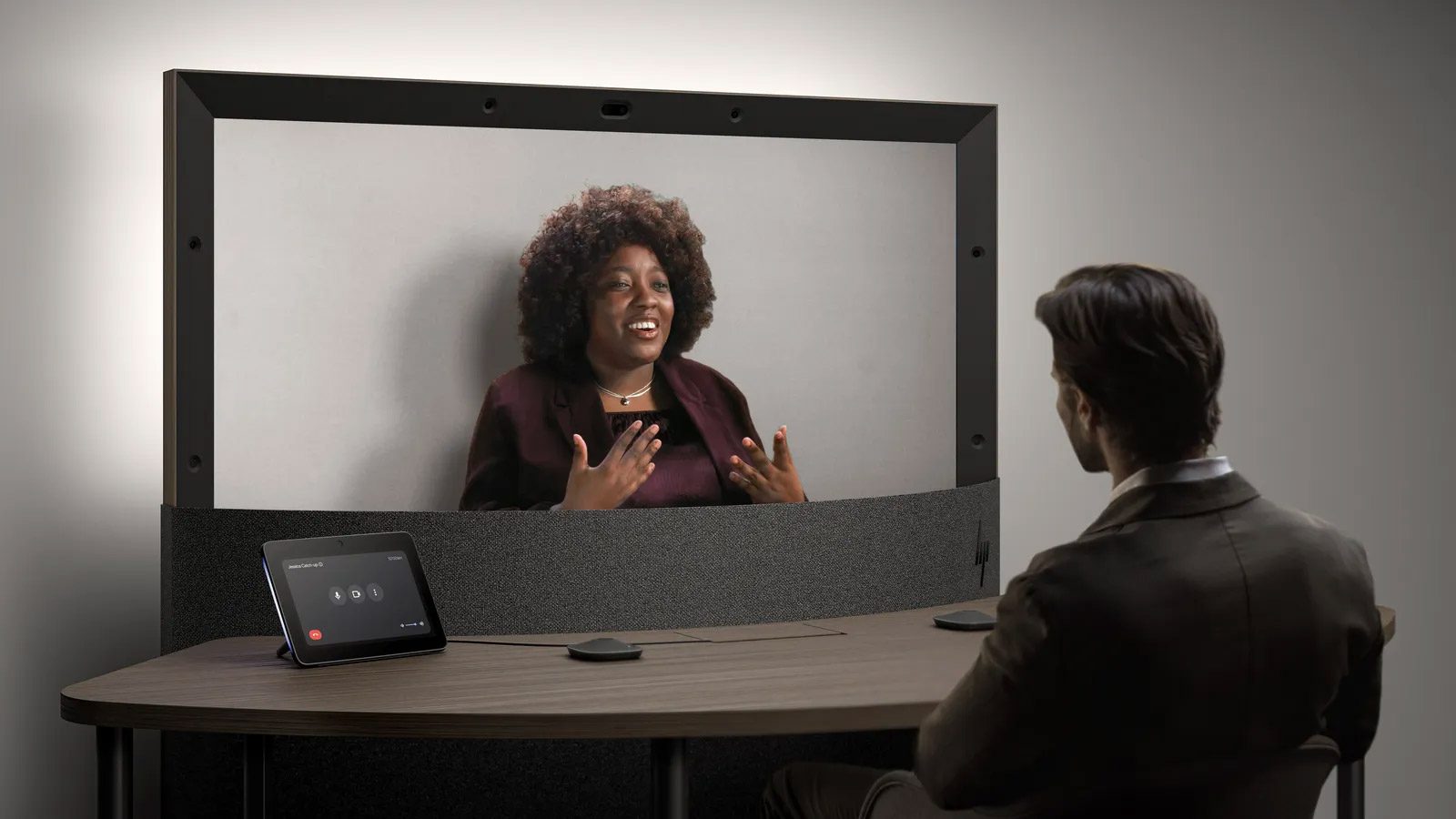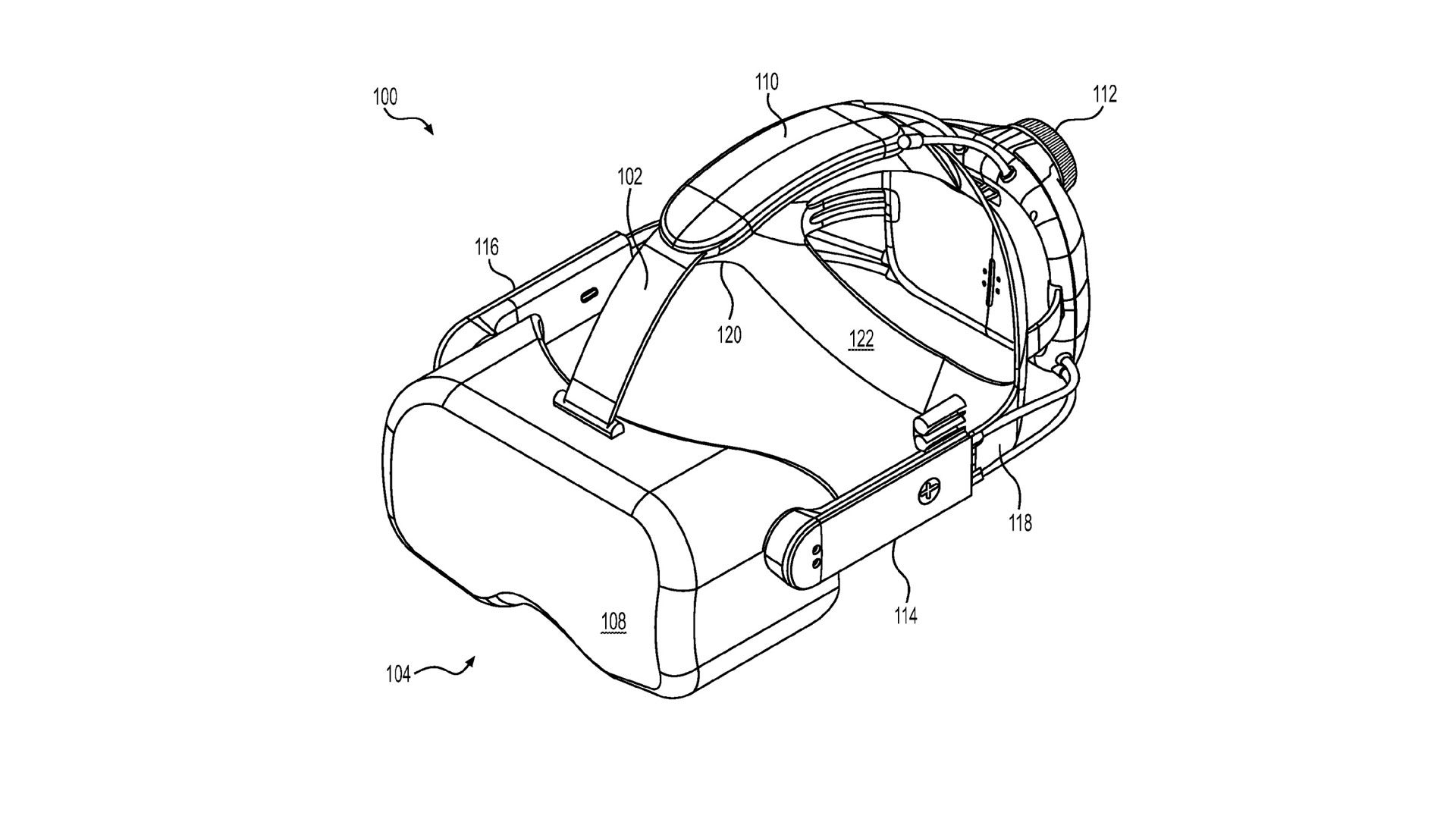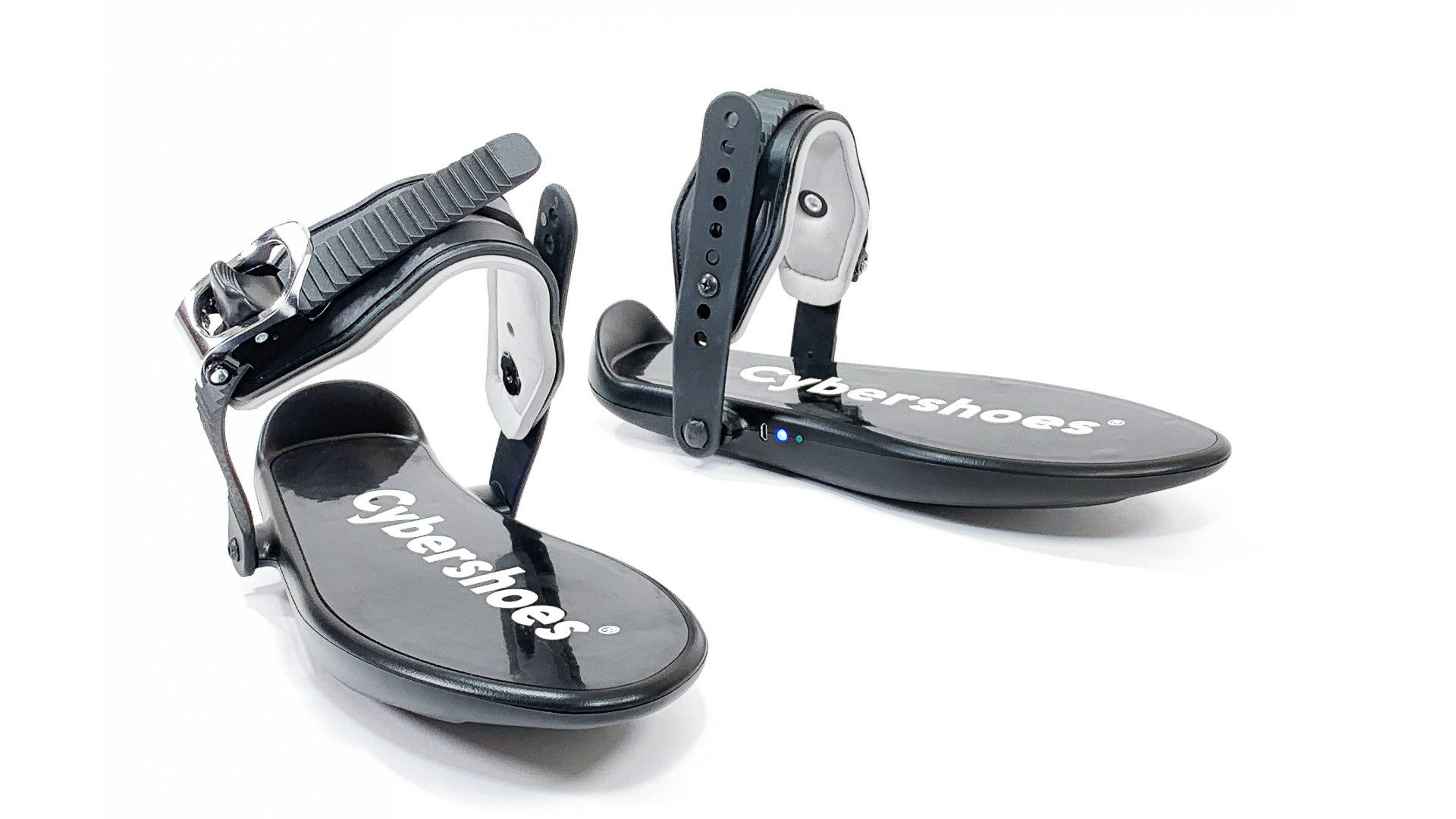Imagine sitting peacefully in a restaurant, completely engrossed in a virtual reality game, only to accidentally whack your 6-year-old with the controller, sending him to the ER with a cut on his eyebrow. In another scene, a 21-year-old on a flight gets conked on the head by a laptop that unexpectedly falls from an overhead bin. Or consider the 39-year-old who faces the frustration of an earbud tip stuck in his ear, unsuccessfully trying to remedy the situation with a screwdriver. Then, of course, there are the numerous individuals who face-plant off hoverboards.
While gadgets are a source of entertainment and convenience, they also contribute to thousands of injuries every year. To understand these safety concerns better, Gizmodo took a deep dive into 2023’s tech-related injuries that landed people in emergency rooms. Using data from the U.S. Consumer Product Safety Commission’s National Electronic Injury Surveillance System (NEISS), we explored how often ER visits were linked to everyday tech products. This database keeps track of hospital visits related to a variety of consumer items.
Our curiosity led us to focus on injuries related to popular consumer technologies, such as cell phones, drones, headsets, headphones, hoverboards, tablets, vibrators, video games, and virtual reality headsets. While NEISS data helps estimate national hospitalization figures due to consumer products, our analysis paints a more anecdotal picture of how these beloved devices might cause us harm.
When it comes to video games, our findings suggest an interesting pattern. Traditional gamers tend to vent their frustration on inanimate objects, while VR gamers accidentally hit people. Through NEISS, we discovered that a significant 64% of VR mishaps were from unintended punches. Truly, some stories defy belief, like the unlucky 12-year-old who ended up giving himself a painful punch.
In stark contrast, only 5% of non-VR video game-related injuries stemmed from players punching objects, with poor targets often being windows or glass items. Among non-VR video gaming injuries, 25% were due to seizures or fainting, and another 13% involved issues like carpal tunnel, neck pain, or vision problems. Intriguingly, such serious conditions didn’t appear in VR-specific injuries, which were more about players’ physical mishaps.
Shifting gears to hoverboards and drones, hoverboards led the charge in ER visits within our dataset. Riders seemed to crash into all sorts of household furniture or fall in ways that often resulted in wrist and head injuries—do wear helmets, folks! Thankfully, reports of hoverboards randomly combusting were absent this time around.
Meanwhile, drones accounted for the least amount of ER drama, with just nine incidents noted—certainly a head-scratcher, given their potential hazards.
Headphones also had their moment of cautionary tales. Earbud enthusiasts, beware: over 70% of headphone-linked ER trips involved ear tips getting lodged in ears. It’s probably wise to avoid napping with them or improvising extraction methods with unorthodox tools. Although detachable cords might help retrieve earbuds, they’re also a liability. One unlucky incident involved a 44-year-old who ended up burning her hands when her headphone cord snagged an item while she was cooking.
Not to be outdone in the risk department, vibrators also make the injury list, albeit less frequently than earbuds, according to our data.
Turning our attention to cell phones, simply holding them presents a danger—or rather, the risk lies in dropping them. A notable 13% of phone-related ER visits arose from people accidentally dropping their phones on themselves or others. Another danger category included distracted users having falls or walking into obstacles. There’s a clear moral here: watch where you’re going, especially if you’re doomscrolling! Other mishaps included injuries from broken screens, and in some unfortunate instances, phones that shocked or ignited spontaneously.
An extraordinary incident tells of a lightning bolt striking a phone during a storm, nearly sending a woman flying—thankfully, she emerged from the ordeal only mildly tingly.
When choosing between laptops and tablets, the data suggests tablets are safer, causing 36% fewer ER visits than their bulkier laptop counterparts. A third of laptop-related injuries were caused by falls, often due to their weight and inconvenience during travel. Five percent of mishaps were from laptops falling from overhead storage. However, lightweight doesn’t always mean harmless—siblings are apparently finding new ways to annoy each other by tossing these devices around.
In summary, as much as technology is part of our everyday lives, it’s a friendly reminder to be cautious around our beloved gadgets. They can sometimes be risky playmates.












































